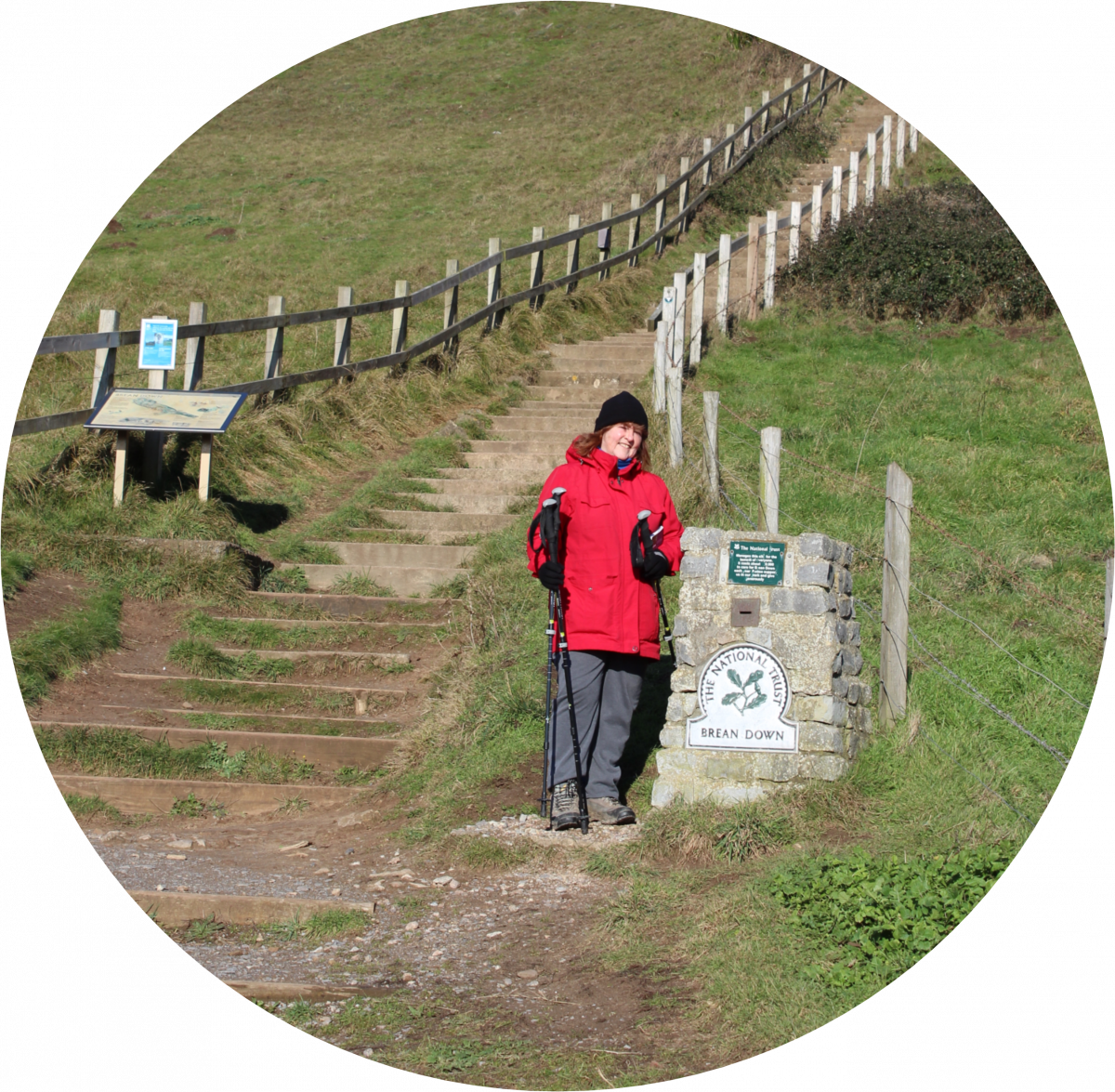I’m Sue Sundstrom, RTTP - Retired. Previously Head of Commercialisation and Impact Development at the University of Bristol
 A bit about my KE career…
A bit about my KE career…
My KE career started in industry where I was responsible for negotiating licences and collaborative agreements with universities. I then moved ‘across the table’ to the University of Southampton as Director of Life Sciences where I was responsible for technology transfer and collaborative contracts across the Life Sciences faculties. It was here that I worked with academics to form my first ‘spinouts’, commercial (e.g. Synairgen) and social enterprises (e.g. ADRC) as well as negotiating multiple licence agreements.
Moving to the University of Bristol expanded my technology transfer role as my team supported all faculties across the university and added policy impact and knowledge exchange to my portfolio. While at Bristol I set up our EIS/SEIS investment fund, the first fund managed by Parkwalk Advisors outside Oxford and Cambridge. As Interim Director of Enterprise/Director of RED at Bristol my role became largely strategic, with budgetary responsibility for our HEIF allocation (approx. £3m p.a.) and a staff of around 200.
Something you might not know about me… 
My background and career is in science, but I am now taking an English literature course. I have worked in, or had responsibility for, something in every continent apart from Antarctica. And closer to home, I am currently rebuilding a stone wall in our garden.
What I get out of teaching on PraxisAuril courses…
Fun! An expanded network across KE from a wide range of institutions within HE and beyond. Building my own knowledge base and expertise - from course delegates as well as from PraxisAuril. PraxisAuril has supported me around training best practice as well as encouraging observation of courses that I don't train on - as is often the case 'volunteering' has a great reward!
A little story about me…
When I was at Bristol I set up, with Parkwalk Advisors, an EIS/SEIS fund, the first university to do so after Cambridge and Oxford. This required a two-pronged leadership approach, common in HEIs including:
a) persuading investors that, in addition to having a good pipeline of companies worth investing in, the university would be able to move quickly and nimbly in support of investment decisions and
b) influencing internally within the HEI to convince senior management that such intrinsically risky activity would not bring substantial additional risks to the university, either financial or reputational (would, in fact be a positive reputational enhancer) and then implementing a simple and robust process within the university and the KE team to make it happen.
a) persuading investors that, in addition to having a good pipeline of companies worth investing in, the university would be able to move quickly and nimbly in support of investment decisions and
b) influencing internally within the HEI to convince senior management that such intrinsically risky activity would not bring substantial additional risks to the university, either financial or reputational (would, in fact be a positive reputational enhancer) and then implementing a simple and robust process within the university and the KE team to make it happen.

Also, leading a KE team in a time of university reorganisation and senior team vacancies when top level strategic input was very limited – maintaining output on all metrics (internal and HEBCIS) and with no team member leaving.